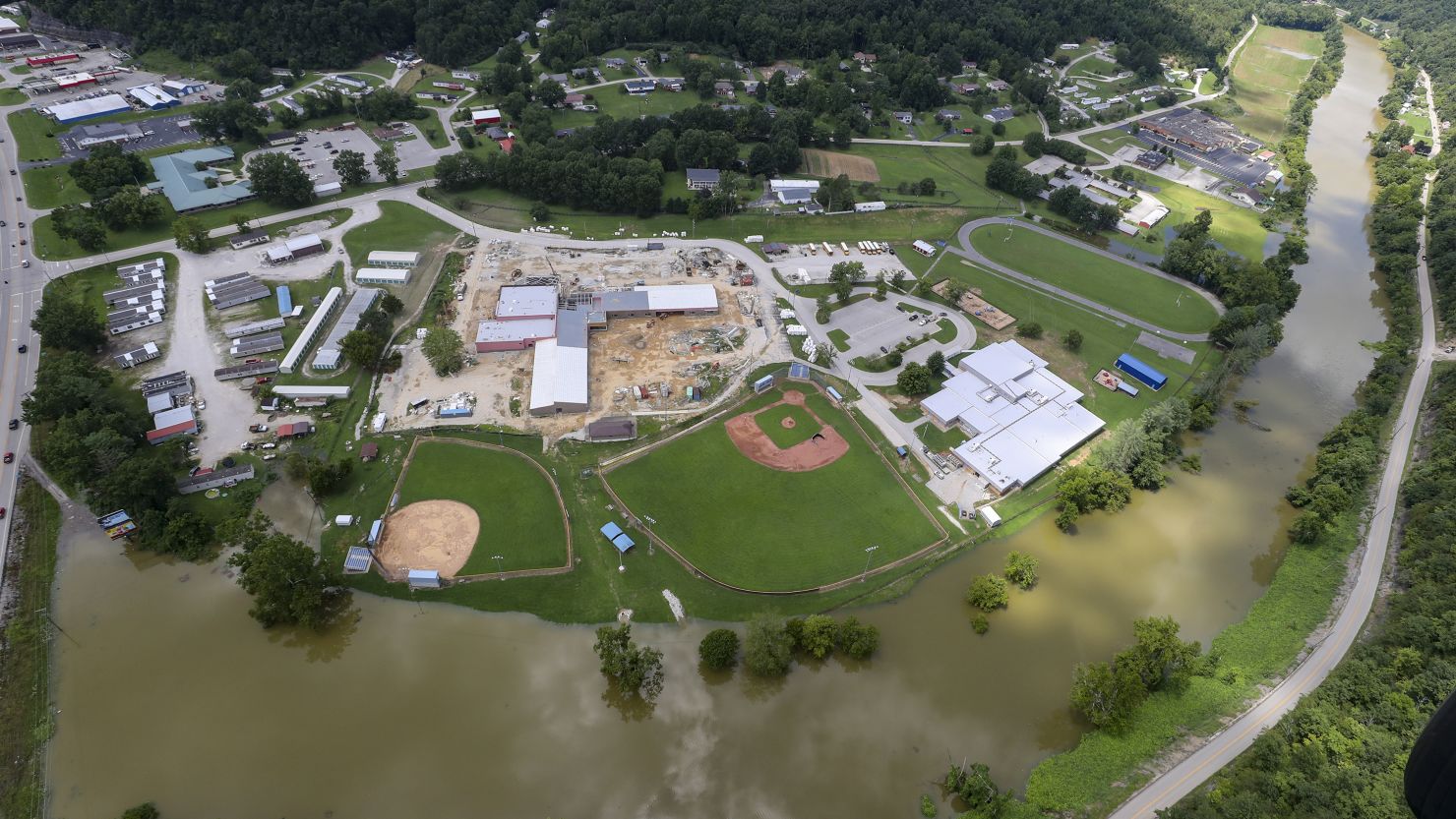Months after catastrophic flooding upended many lives in Kentucky, the death toll has officially risen to 43, with two additional people dying from health complications related to the crisis and one person still missing, Gov. Andy Beshear said Thursday.
“Let us pray for those families and all of eastern Kentucky as we continue to try to stabilize the region and ultimately turn toward rebuilding,” Beshear said during a news conference.
Parts of the state were nearly leveled in late July when historic flooding washed away homes, submerged vehicles in deep floodwaters and destroyed many businesses and critical infrastructure for water and electricity. Thousands of residents were displaced in the aftermath, and efforts to receive aid from the federal government remain underway.
At the time, officials reiterated that reaching a final death count would be challenging due to the extent of the devastation the heavy rain unleashed in the region and the difficulties in accounting for those who were missing.
“This is a type of flood that even an area that sees flooding has never seen in our lifetime,” Beshear told CNN during the floods.
One person from Breathitt County remains missing, the governor said Thursday. The two deaths announced were from Letcher and Breathitt counties.
Lives were lost across six counties due to the storms: 10 in Breathitt County; two in Clay County; 19 in Knott County; four in Letcher County; seven in Perry County; and one in Pike County.
Tracy Neice, the mayor of Hindman, Kentucky, told CNN during the aftermath of the flooding that her town’s main street looked like a stretch of river where one might go whitewater rafting.
“I’ve lived here in this town for 56 years, and I have never seen water of this nature,” Neice said. “It was just devastating to all of our businesses, all of our offices.”
Experts and government officials have said human-induced climate change is the main driver of such extreme weather events, which are expected to get worse and become more common in the future.
The rise in temperatures around the the world causes the atmosphere to retain more and more water, which makes water vapor more abundantly available to fall as rain.
CNN’s Angela Fritz contributed to this report.



